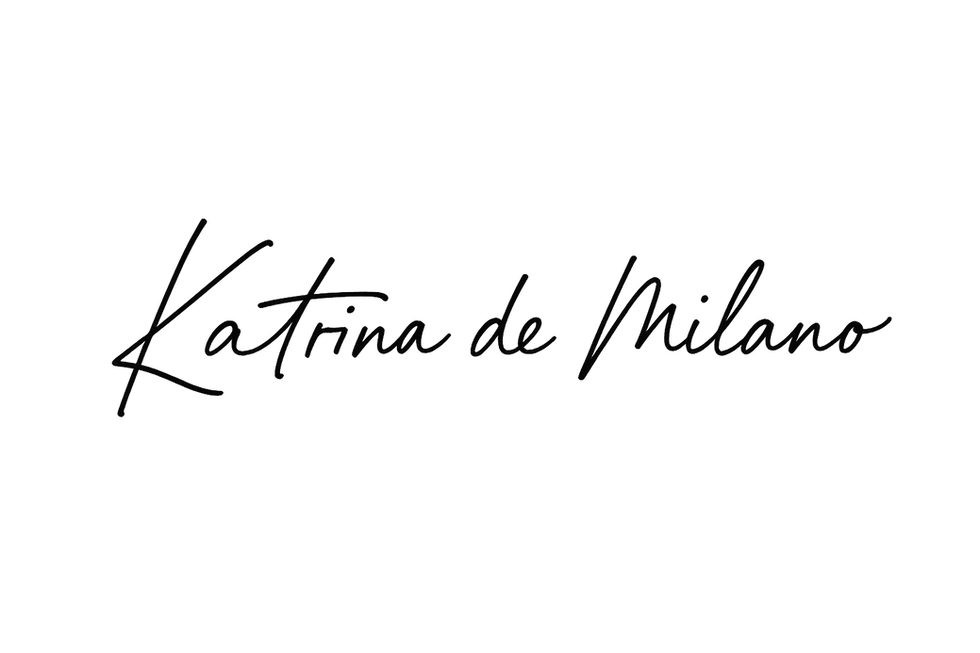✂️ How to Revise and Edit Your Novel | A Practical Guide for Fiction Writers
- Katrina De Milano

- 21 июн.
- 3 мин. чтения
This is where your story stops surviving — and starts becoming.
You did it.
You filled the blank page, word by uncertain word.
You weathered the tangled middle, wrestled with doubt, and pushed through the urge to walk away.
And now, there it is — a complete draft. Raw, messy, beautiful in its honesty. A story that exists.
But here’s the deeper truth:
Finishing your draft wasn’t the end. It was the invitation to begin again — this time, with vision.
Because revision isn’t about fixing what’s broken.
It’s about discovering what’s already waiting beneath the surface.
🔄 Revision Isn’t Fixing — It’s Revealing
How to Revise and Edit Your Novel?
The first draft gave you the shape of the story.
Now you get to find its meaning.
Revision is not about correcting every awkward line or plugging every plot hole.
It’s about peeling back layers, listening closely, and asking: What is this story truly trying to say?
This is the stage where you:
Deepen your characters until they feel like real, breathing people
Reshape scenes so they move with purpose and emotional resonance
Refine your themes without ever needing to explain them
Let the story breathe wider, move smoother — and eventually, sing
💡 Perfection is not the goal. Emotional connection is.
You’re not just rewriting — you’re revealing the story you were trying to tell all along.
🛑 But First… Step Away
As tempting as it is to dive straight into changes, resist that impulse.
You’ve lived too close to the story. Your eyes are tired. Your mind is still echoing your own voice.
So the best first step is distance.
Let the draft sit — for days, maybe even weeks
Work on something unrelated
Return to the manuscript not as its creator, but as its first reader
🧠 You can’t reshape a story if you’re still tangled in it.
Step back. Let your subconscious do its quiet work. And then, come back with new eyes.
📝 Read It Like a Stranger
When you return to the draft, do everything you can to make it feel unfamiliar.
Print it out
Read it on an e-reader
Change the font or spacing
Read it in a different room, at a different time of day
You’re not editing yet. You’re observing.
As you read, ask yourself:
Where did I lose interest?
Which characters still feel flat or unconvincing?
What scenes drag or say nothing at all?
Where did I feel something shift in me — even just a little?
📌 Mark those moments. Those questions will guide your next pass more clearly than any checklist ever could.
🧱 Restructure. Rewrite. Be Brave.
This is where the real work begins — and it’s often where the magic hides.
Don’t be afraid to take risks:
Cut a scene you love if it slows the story down
Rewrite your opening — again — until it feels right
Move chapters around, follow instinct over outline
Let a background character rise to the surface if they demand to be heard
🌪️ Revision isn’t tidy. But neither is growth.
You’re not breaking your book.
You’re digging until you find the truth that matters most.
✨ Now It’s Time to Polish
Only once the foundation is strong — only once your story works — is it time to smooth the surface.
This is when you:
Read your pages aloud to catch clunky rhythm or overwritten moments
Trim filler words, filter phrases, and repeated lines
Strengthen transitions so the story flows like breath
Sharpen your dialogue until it snaps, sings, or stings in just the right way
Now your voice starts to shine.
Now your story starts to sound like a book.
This is where everything starts to click into place.
✅ What Matters Most
Revision is not a punishment for writing a messy draft.
It’s the gift that lets your story become what it was always meant to be.
It’s the part where you trust yourself enough to take what’s raw and reshape it with care, insight, and boldness.
Revision isn’t failure. It’s courage — refined and returned to the page.
So take your time.
Be brave with your cuts.
And know that even your favorite author rewrote everything… sometimes more than once.
💬 Your Turn: Reflect on How to Revise and Edit Your Novel
What part of the editing and revision process excites you?
What part scares you the most?
Is it letting go of what doesn’t work?
Is it trusting that you’ll know what to keep?
Share your thoughts in the comments. Let’s talk honestly — about the struggle, the breakthroughs, and the quiet triumph of getting it right the second (or third, or seventh) time.
You’re not alone in this part of the journey.
You’re exactly where the real story begins.







Commentaires